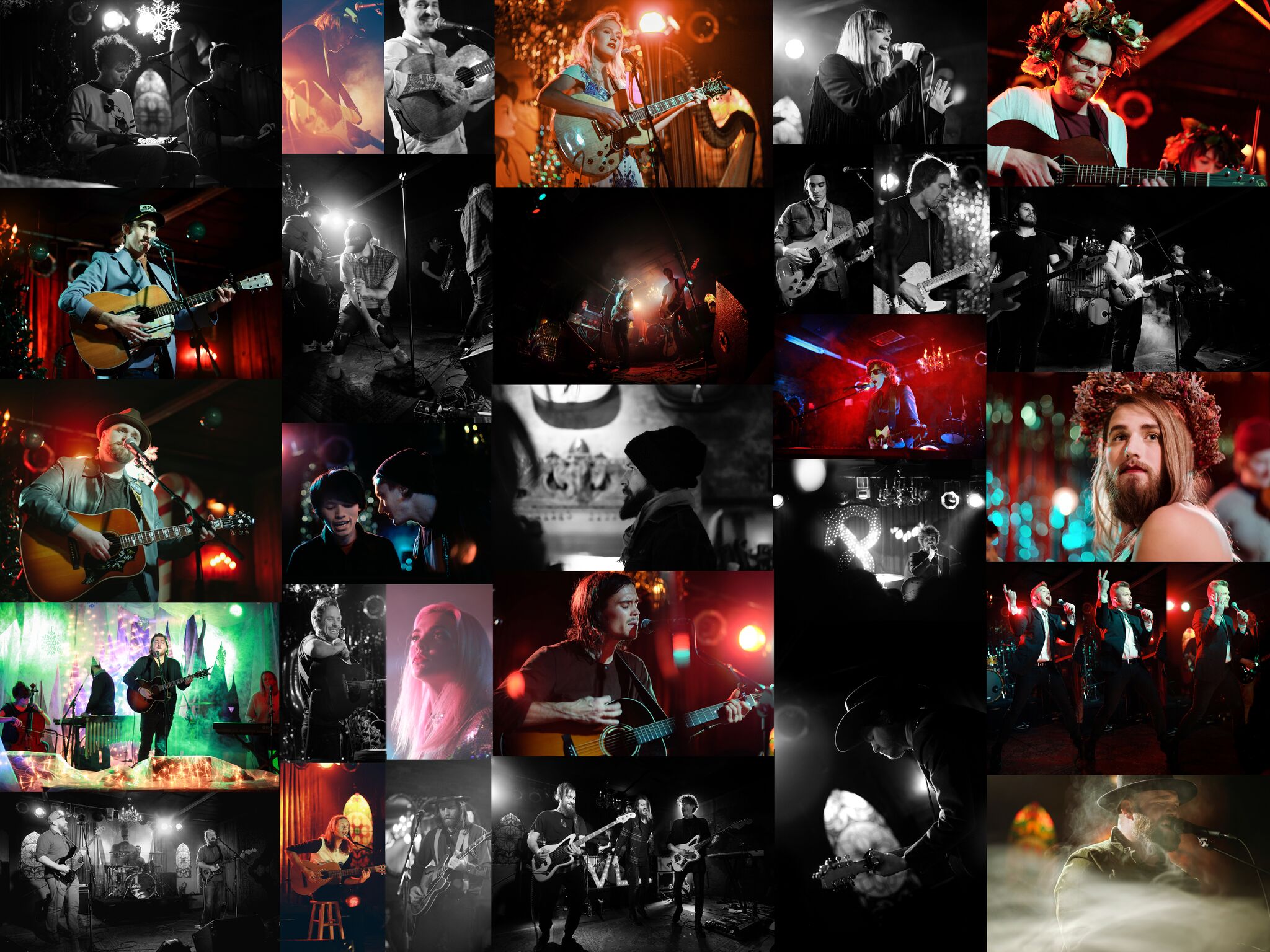All images by Jennifer Carter. Used with permission.
Jennifer Carter fell into concert photography through circumstance. Her love for music and passion for photography were brought together and she hasn’t looked back since. Her images provoke connection and feeling, almost to the point you can hear and feel the music from her subjects. Borrowing from the best of both worlds, Jennifer uses a combination of modern camera bodies and vintage lenses. Intrigued by this approach, we caught up with her to learn more about her work.
Editor’s Note: This interview was done by former staffer Julien Matabuena. Due to unforeseen circumstances, it was taken over by Feature Writer Dan Ginn in January 2019.
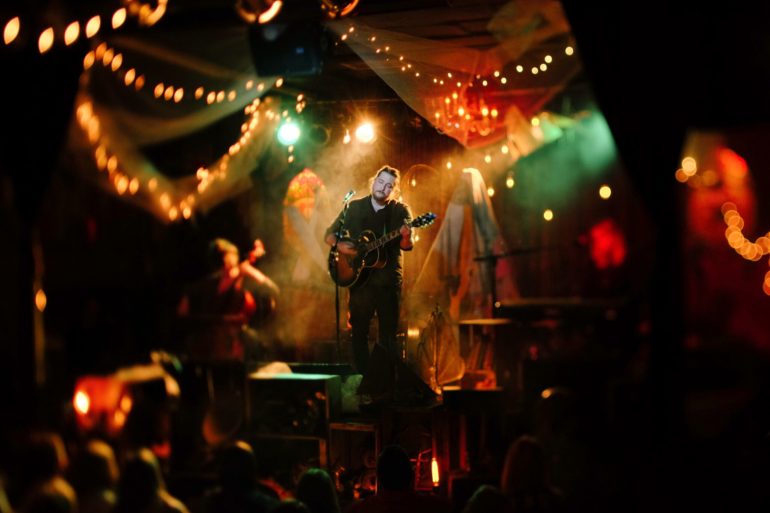
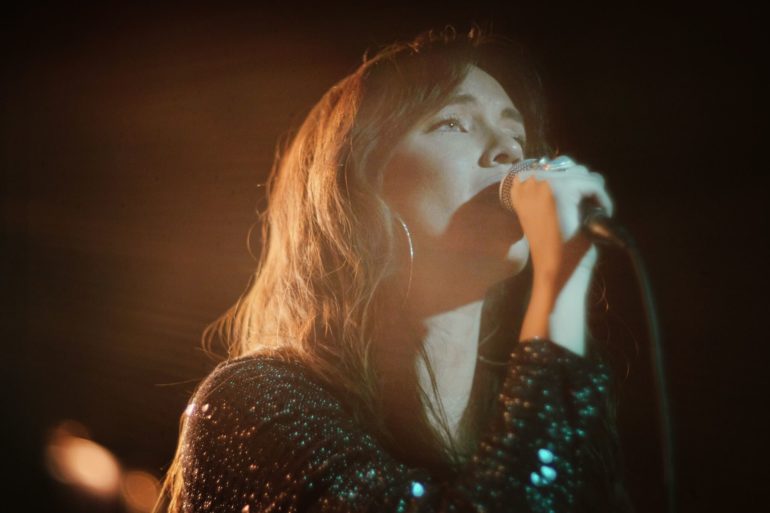
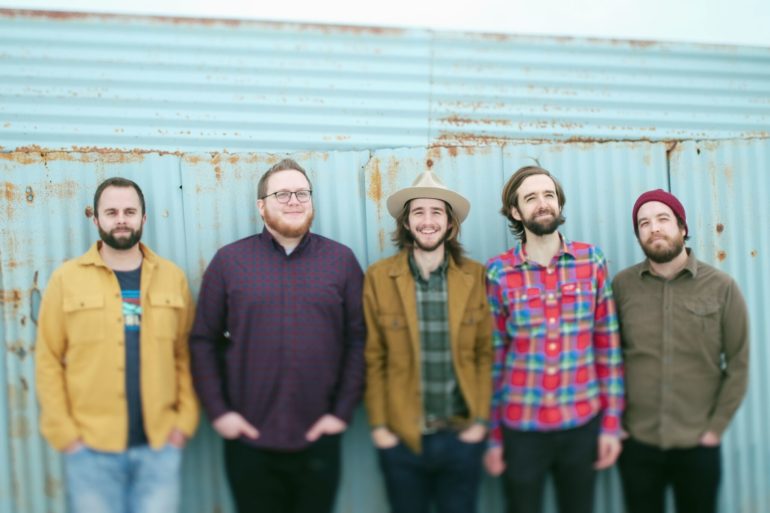
Phoblographer: Hi, Jennifer! Please tell us a bit about your work in concert photography. How did you get your start with it?
JC: My husband, Ryan (also a photographer), and I were visiting with a friend who ran an antiques shop next door to our now favorite music venue, Velour Live Music Gallery. He praised the talent of local musicians and the venue and suggested we attend a concert. We took his advice, asked the venue owner and manager for permission to shoot, brought our cameras and we were hooked!
“Find a small local venue and ask the owner if you can shoot. Or find a newer local band you like and ask if you can take some photos at their next gig. Starting small is a great way to find out if it’s something you love.”
Phoblographer: What’s your favorite camera and lens combination for concert photography?
JC: I usually bring two different setups. One camera body for modern, autofocus lenses, and one for my vintage glass. My favorite modern-vintage combination is my 5+ year old Fuji X-E2 with the Canon FD 35mm f2.8 tilt shift. It’s small and simple and I have access to all the manual rings and dials. It feels a lot like an old film camera, and with the tilt shift lens I can tinker with interesting perspectives, angles and out of focus areas. My favorite modern combo is the Fuji X-Pro2 with the XF 56mm f1.2. Fast and reliable for when I need to be able to capture quick movement in the dark. While I love the vintage glass, I get a lot more “misses” than “hits” and I’m perfectly OK with that. But sometimes I need autofocus in situations where I have to get the shot.
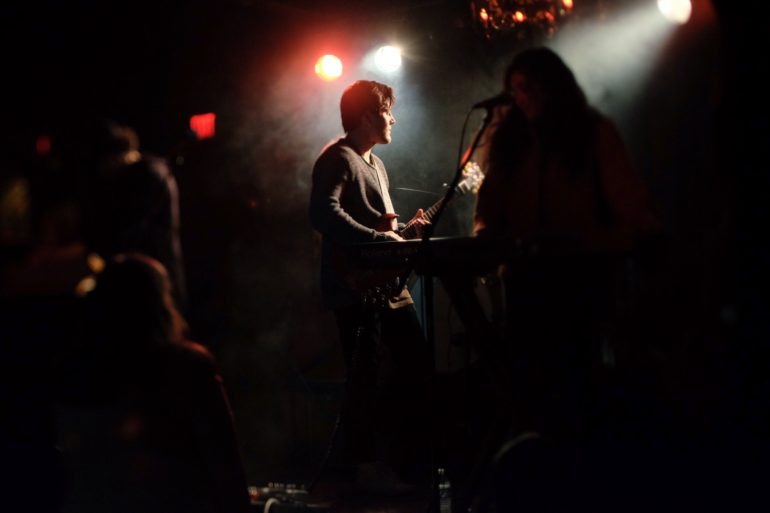
Phoblographer: Please tell us the most memorable photo you’ve taken and/or concert you’ve covered.
JC: Oooh- that’s hard! One of the most memorable concert photo projects my husband and I have ever done was when we took about 25 of our favorite concert shots of local bands, printed and framed it as a big collage (like 4 feet x 5 feet), and took it around to each of the bands to sign. We then donated it to an auction that went towards funding an organ transplant for the owner of the venue I mentioned earlier. It turned out later, (after the successful transplant) that the donor was one of the musicians featured on our photo collage.
“My favorite modern-vintage combination is my 5+ year old Fuji X-E2 with the Canon FD 35mm f2.8 tilt shift…My favorite modern combo is the Fuji X-Pro2 with the XF 56mm f1.2.“
Phoblographer: Any advice to those wanting to explore concert photography themselves?
JC: Find a small local venue and ask the owner if you can shoot. Or find a newer local band you like and ask if you can take some photos at their next gig. Starting small is a great way to find out if it’s something you love. Of course, venues and bands may have specific requirements regarding photography, so make sure you know and respect those- but it never hurts to ask. For larger shows the access is much more limited and requires the appropriate credentials typically obtained via shooting for a media outlet. Smaller local shows are more accessible and a great way to get some experience. Just remember to always be courteous of the musicians/ venue/ other photographers/ audience and give it a try if you get the green light!
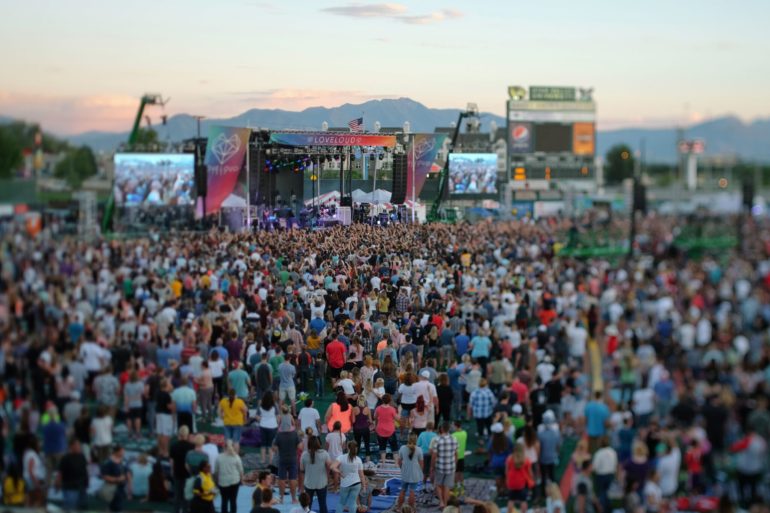
Phoblographer: Apart from concerts, what else do you like to photograph?
JC: Nature tends to be my other favorite subject matter. I’m what you might consider a “slow” photographer. I like to take my time, select my gear and lighting carefully and get the shot I visualize. I love shooting the most basic of flowers and weeds at sunset, usually in my own yard with whatever vintage lens I’ve chosen for the day. It’s quiet and calm and I like being able to take my time to make something interesting out of something very ordinary like a weed. And of course I love to take pictures of my two adorable dogs (which is harder than you might think with manual lenses!!)
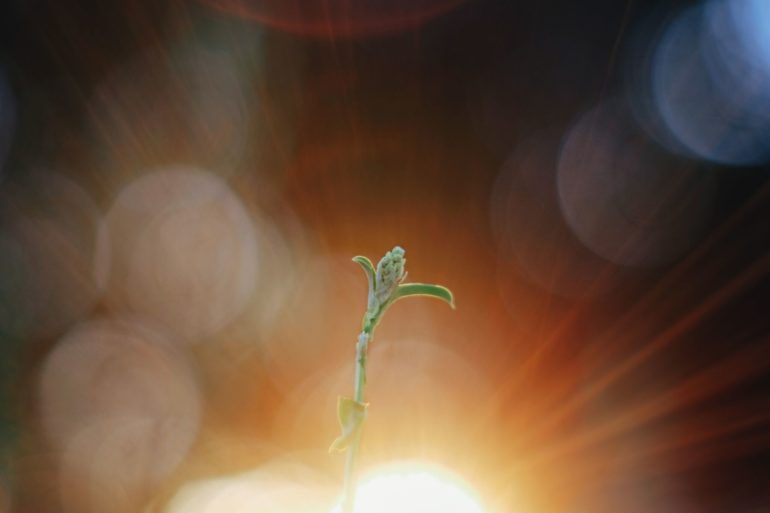
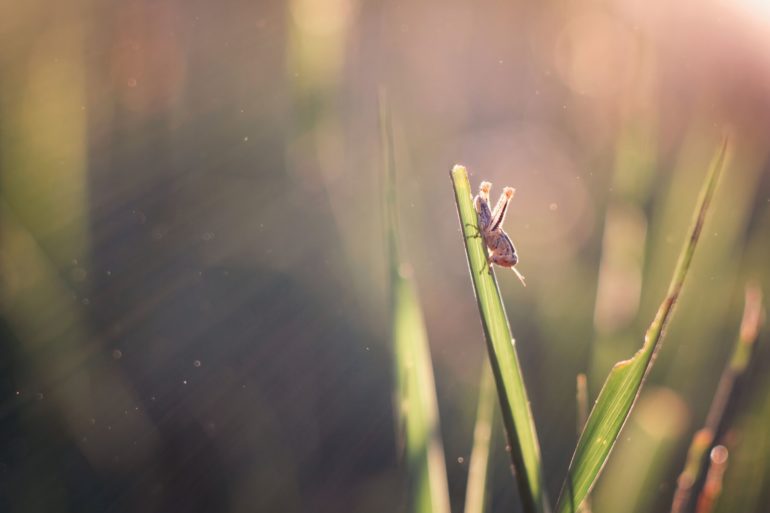
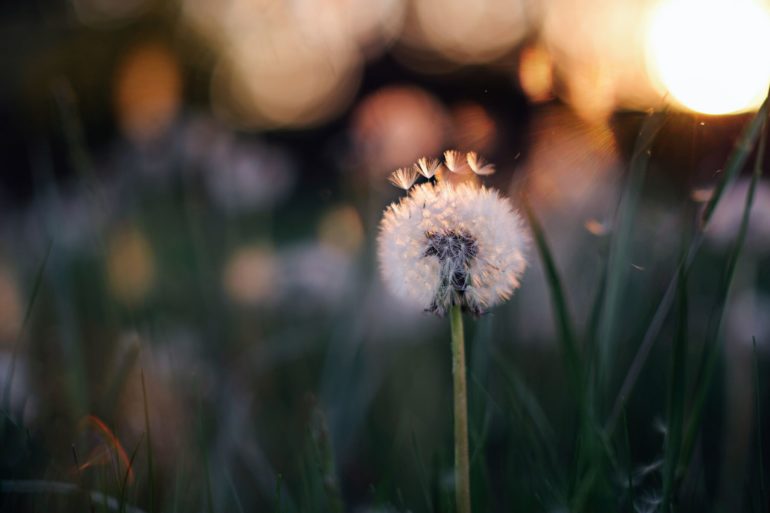
Phoblographer: How did you get into photography?
JC: My husband is a portrait photographer, and I started out assisting him on shoots and retouching all of his images. (I still do all of the post-production for both of us). I did that for years before I ever picked up a camera myself. After working on his images for so long, I decided I’d like to try to make something myself. I tried using one of his old Canon bodies, but just never felt at home with it. I sold that and bought my little Fuji X-E2 and just instantly connected with the vintage feel with all the manual controls. I think acting as a retoucher first and a photographer second really influenced the way I shoot. I very carefully plan my shots knowing what I can do with them later and factoring that into every decision I make.
“I really am a total nerd that could go on and on all day about the qualities of each lens. I spend a lot of time hunting for and researching different lenses to decide which ones I’d like to add to the collection.”
Phoblographer: Using a combination of modern and vintage equipment, you must have quite the collection. Tell us more about what you’ve got in your photographic arsenal…
JC: Well, when I need to be quick (or weather sealed!), I use my X-Pro2 with the XF56mm or XF90mm. When I am shooting just for myself, I will still use my X-E2 and pick from my collection of 30 or so vintage lenses. I love them all for their very different qualities and what I want to do with them. For example, I have a Konica Hexanon 57mm 1.4 that suffers from terrible element separation, and that damage is my favorite quality! I use it wide open in the low, evening sunlight that filters through the separations making interesting rays and distorting the bokeh. One I call “the Beast” (the lens itself weighs about 2 lbs!), is my 1950s Helios-40 85mm f1.5. It is very low contrast and can give kind of a swirly background effect. It’ll never win any contests for sharpness, but it makes for a diffused, dreamy look that you just can’t get with new glass. I have a Nikon 50mm 1.4 that I sometimes take off its old Nikon F film body just for black and white shots. It doesn’t produce particularly nice colors, but it’s great for very contrasty black and whites.
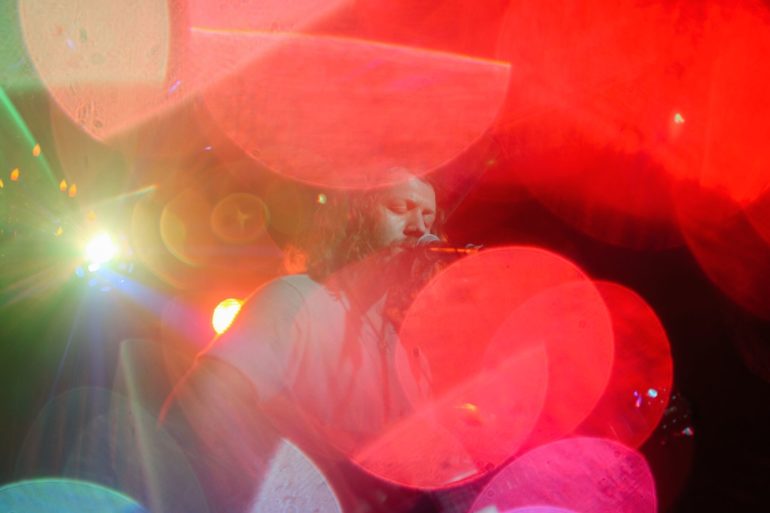
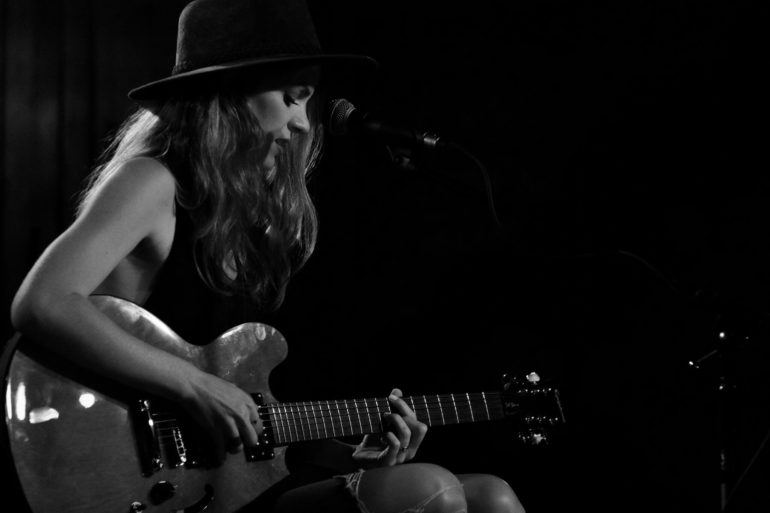
My very first vintage lens that I accidentally bought on a broken camera because I thought it was pretty is my Meyer-Optik Gorlitz Primoplan 58mm f1.9. It gives a surreal kind of soap-bubble bokeh and rainbow flares. If I want a solid performer that’s sharp with great colors modern lens, I grab the Canon FD 50mm f1.4 or Leica-R 90mm 2.8. And of course my concert favorite- the Canon FD 35mm f2.8 tilt shift. I can do a lot of interesting things with the variety of controls. I should probably stop. I really am a total nerd that could go on and on all day about the qualities of each lens. I spend a lot of time hunting for and researching different lenses to decide which ones I’d like to add to the collection.
“One I call “the Beast” (the lens itself weighs about 2 lbs!), is my 1950s Helios-40 85mm f1.5. It is very low contrast and can give kind of a swirly background effect. It’ll never win any contests for sharpness, but it makes for a diffused, dreamy look that you just can’t get with new glass.”
Phoblographer: Where did the idea to combine old and new come from?
JC: I adore the old glass that goes along with film cameras, but I usually don’t have the patience to wait for or develop film! I love the digital post production process, so I like being able to immediately have access to what I’ve shot with old glass. The focus peaking on mirrorless cameras is critical. Without it, there’s no way I’d get much of anything in focus shooting a concert with a manual lens. I also love Fuji’s film simulations and the quick access menu that lets me customize settings I prefer for specific lenses. I mainly just like that I can have the character of old lenses with the speed of digital photography. I can take a photo with a lens manufactured in the 1950s, transfer it to my phone and immediately share it to whatever platform I choose. On the less technical side, old glass makes me more patient and intentional. I’ll wait for the shot rather than shoot continuously. Also, no one pays attention to me when I carry vintage gear. My camera is small and retro-looking and people assume I’m shooting film so no one seems to mind if I carry it around in situations where a larger DSLR setup might seem out of place.
“I call myself a hard-core introvert and people don’t come naturally to me, so I’m working on being more comfortable photographing humans that aren’t on a stage.”
Phoblographer: What inspires you?
JC: I’d always rather have interesting over perfect. Whether it’s because of the old gear I like or the slow speed that it forces me to operate, I’d always rather get the a shot that’s different, even if it’s not the sharpest of most technically correct.
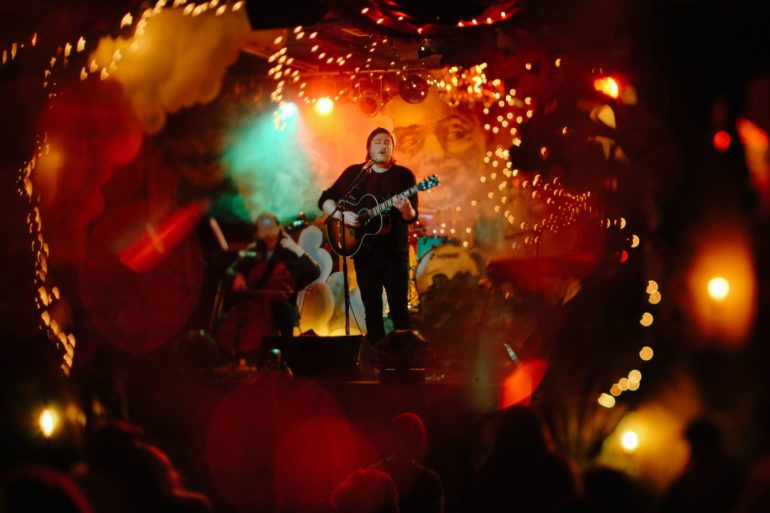
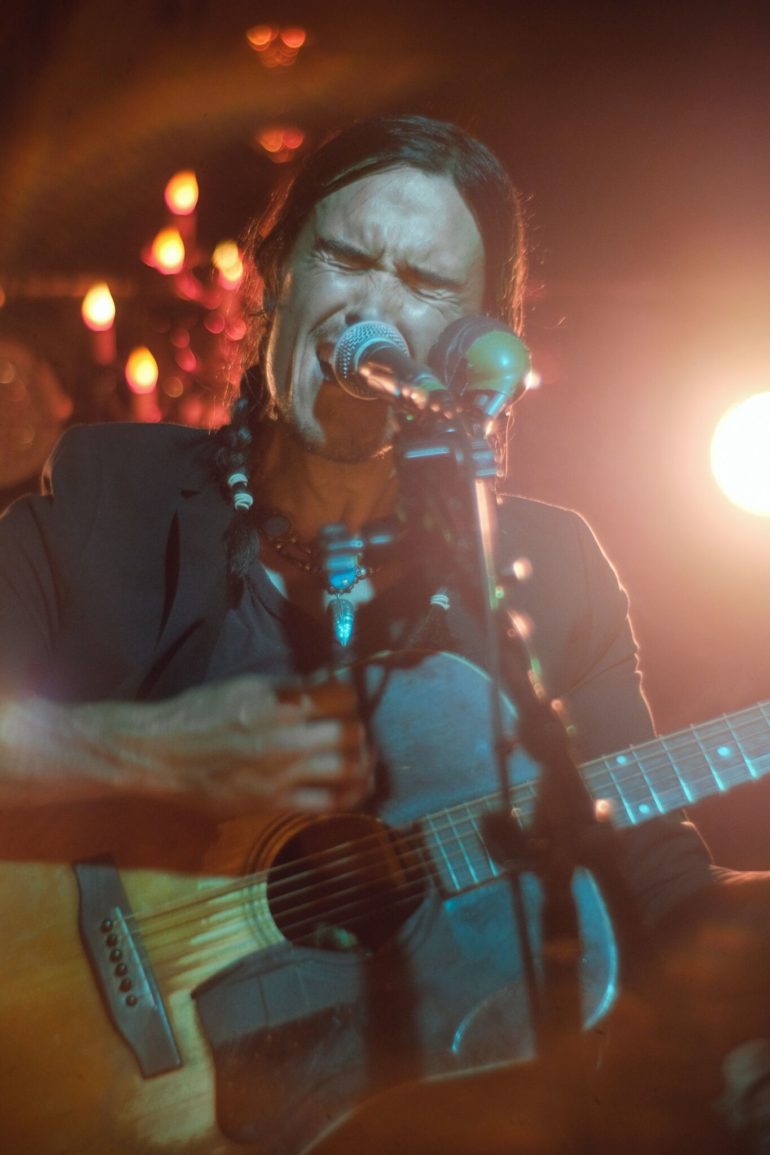
Phoblographer: What subjects do you like photographing most?
JC: Concerts and nature are my favorite, but I am working on getting better at photographing people. I call myself a hard-core introvert and people don’t come naturally to me, so I’m working on being more comfortable photographing humans that aren’t on a stage.
Be sure to keep up to date with the wonderful and varied work by Jennifer by following her on Instagram.


